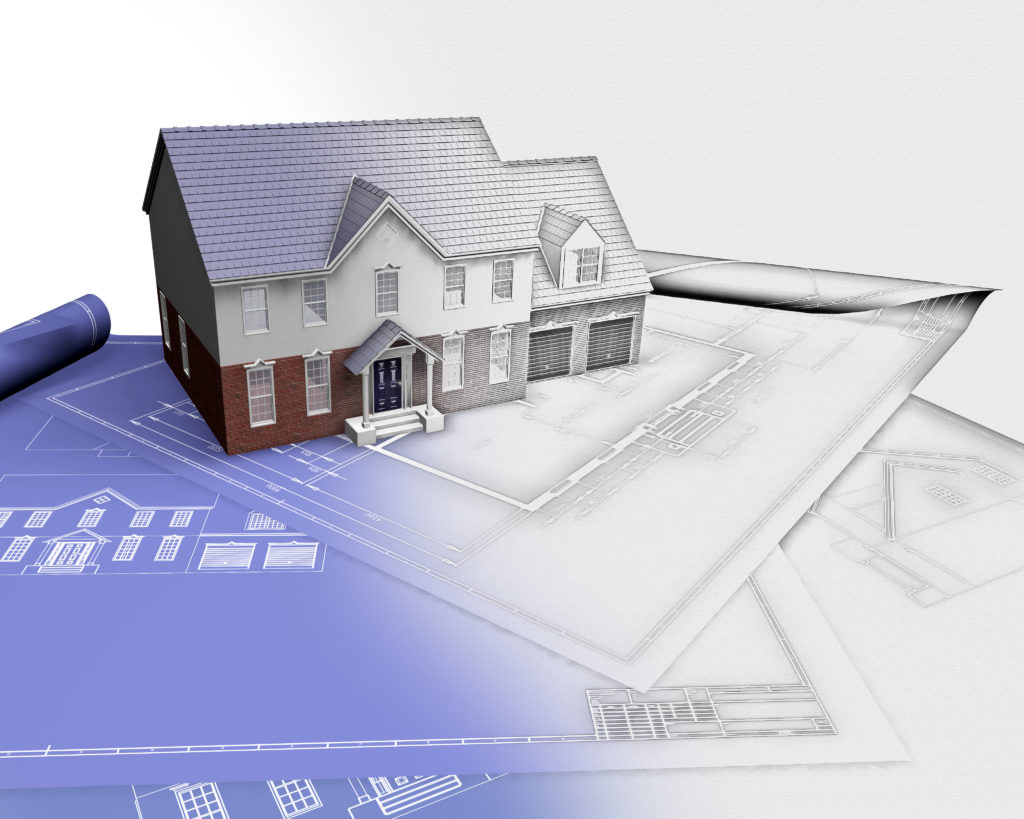Building Information Modeling (BIM) is revolutionizing the architecture, engineering, and construction (AEC) industry with its transformative capabilities. This cutting-edge technology provides architects with unprecedented freedom to model, visualize, and analyze their designs before construction begins. Here’s a closer look at how BIM is reshaping the field of architecture:
Why BIM Training is Crucial for Modern Architects
In today’s fast-paced design environment, BIM training for architects is no longer optional — it’s essential. Modern architectural projects demand precision, sustainability, and seamless collaboration across multiple disciplines. BIM (Building Information Modeling) empowers architects to design smarter by integrating every project element — from structure and materials to cost estimation and energy performance — within a single intelligent model.
Through proper BIM training, architects can transition from traditional 2D drafting to data-driven 3D modeling, improving efficiency and accuracy. This transformation allows professionals to deliver high-quality designs faster while meeting client expectations and industry standards.
The Power of 3D Modeling and Visualization:
Building Information Modeling (BIM) empowers architects to create detailed 3D models, offering a comprehensive representation of the construction site and its operations. This visualization helps architects make informed decisions early in the project lifecycle, mitigating the risks associated with high-cost ventures.
- Enhanced Design Insights: Architects can visualize their concepts through advanced modeling tools, leading to more accurate design outcomes.
- Pre-Construction Analysis: The ability to model and check the final output before construction begins ensures that potential issues are identified and addressed early.
Key Skills You’ll Gain from a BIM Architecture Course:
A BIM Architecture Course equips learners with the technical and collaborative skills required to thrive in modern construction projects. During the course, participants gain:
- 3D Modeling & Visualization Skills: Create detailed and realistic architectural models using BIM tools such as Revit and ArchiCAD.
- Coordination & Clash Detection: Learn to detect conflicts between architectural, structural, and MEP designs before construction begins.
- Documentation & Scheduling: Generate accurate drawings, cost estimates, and construction schedules directly from the model.
- Sustainability & Energy Analysis: Use BIM to analyze materials and energy performance for eco-friendly design outcomes.
- Project Collaboration: Work efficiently with other stakeholders through cloud-based BIM platforms, improving teamwork and communication.
These skills not only enhance project quality but also give architects a competitive advantage in both domestic and international markets.
Streamlined Collaboration and Coordination:
One of BIM’s most significant benefits is its ability to facilitate seamless collaboration among all project stakeholders.
- Integrated Communication: BIM’s collaborative model allows all participants to interact with the design, ensuring that changes are communicated and managed effectively.
- Reduced Design Time: By providing a shared platform for all contributors, BIM shortens the design phase and enhances overall project quality.
Error Prevention and Quality Assurance:
BIM 3D models play a crucial role in minimizing errors and improving construction quality.
- Early Error Detection: Potential inconsistencies and errors can be identified during the design phase, preventing costly modifications during construction.
- Detailed Construction Plans: BIM provides precise details on construction plans and materials, streamlining procurement and reducing manual calculations.
Educational and Feedback Benefits:
BIM’s interactive 3D models make it easier to educate stakeholders and incorporate their feedback.
- Stakeholder Engagement: Project participants can view the model, provide suggestions, and understand the implications of their input.
- Real-Time Updates: The BIM model updates with live feeds, reflecting ongoing construction stages and technical requirements.
Global Adoption and Advantages:
BIM is becoming a global standard due to its numerous advantages in the AEC industry.
- Comprehensive Tool: BIM offers accountability, transparency, enhanced detail, cloud storage, and improved time efficiency.
- World-Class Performance: By leveraging BIM, architects and construction professionals can deliver high-quality, well-built structures that meet international standards.
Advantages of Enrolling in a BIM Course for Architects at CADD Centre
Choosing the CADD Centre BIM Course for Architects provides more than just software knowledge — it offers industry-driven, hands-on learning designed to meet real-world challenges. CADD Centre’s expert trainers guide students through practical BIM workflows using leading tools like Autodesk Revit, Navisworks, and ArchiCAD.
Key benefits include:
- Industry-Oriented Curriculum: Aligned with current AEC standards and global BIM practices.
- Hands-On Training: Live projects help learners apply theoretical concepts to real design situations.
- Expert Mentorship: Learn directly from certified BIM professionals with years of architectural experience.
- Career Advancement: CADD Centre’s certification enhances your credibility and opens doors to international architectural firms and construction companies.
By completing BIM training for architects at CADD Centre, professionals can confidently adopt modern design workflows and lead innovative, data-driven architectural projects.
Conclusion:
BIM stands as a transformative force in architecture, offering a robust platform for design, collaboration, and execution. To fully harness the power of BIM, professionals need specialized training. CADD Centre offers comprehensive BIM courses designed to equip architects and engineers with the skills needed to excel in this innovative field. Enroll in CADD Centre’s BIM training programs to stay at the forefront of architectural technology and enhance your project outcomes.
FAQs
How does BIM help with construction error prevention?
BIM helps prevent construction errors by identifying potential issues during the design phase. Its advanced modeling capabilities allow for early detection of inconsistencies, ensuring high-quality and error-free project execution.
What are the key benefits of using BIM for 3D architectural modeling?
BIM enhances 3D architectural modeling by providing detailed visualization tools, enabling architects to make more informed decisions and reducing the risk of costly design errors before construction begins.
Why is BIM essential for architects and engineers in today’s construction industry?
BIM is essential for architects and engineers because it improves design accuracy, enhances collaboration, and ensures compliance with international standards. It is a powerful tool for improving project outcomes and managing complex construction tasks.
What is the impact of BIM on reducing construction costs?
BIM helps reduce construction costs by detecting potential errors during the design phase, minimizing rework during construction, and optimizing material procurement. This leads to fewer delays and lower overall project costs.
What are the advantages of enrolling in a BIM training course?
A BIM training course provides architects and engineers with in-depth knowledge of advanced modeling tools, collaboration techniques, and error prevention strategies. Training ensures professionals can fully leverage BIM’s capabilities to improve project efficiency and quality.
How does BIM improve real-time collaboration in construction projects?
BIM enables real-time collaboration by integrating communication between all project stakeholders. This streamlined process reduces project timelines and minimizes the chances of miscommunication.





